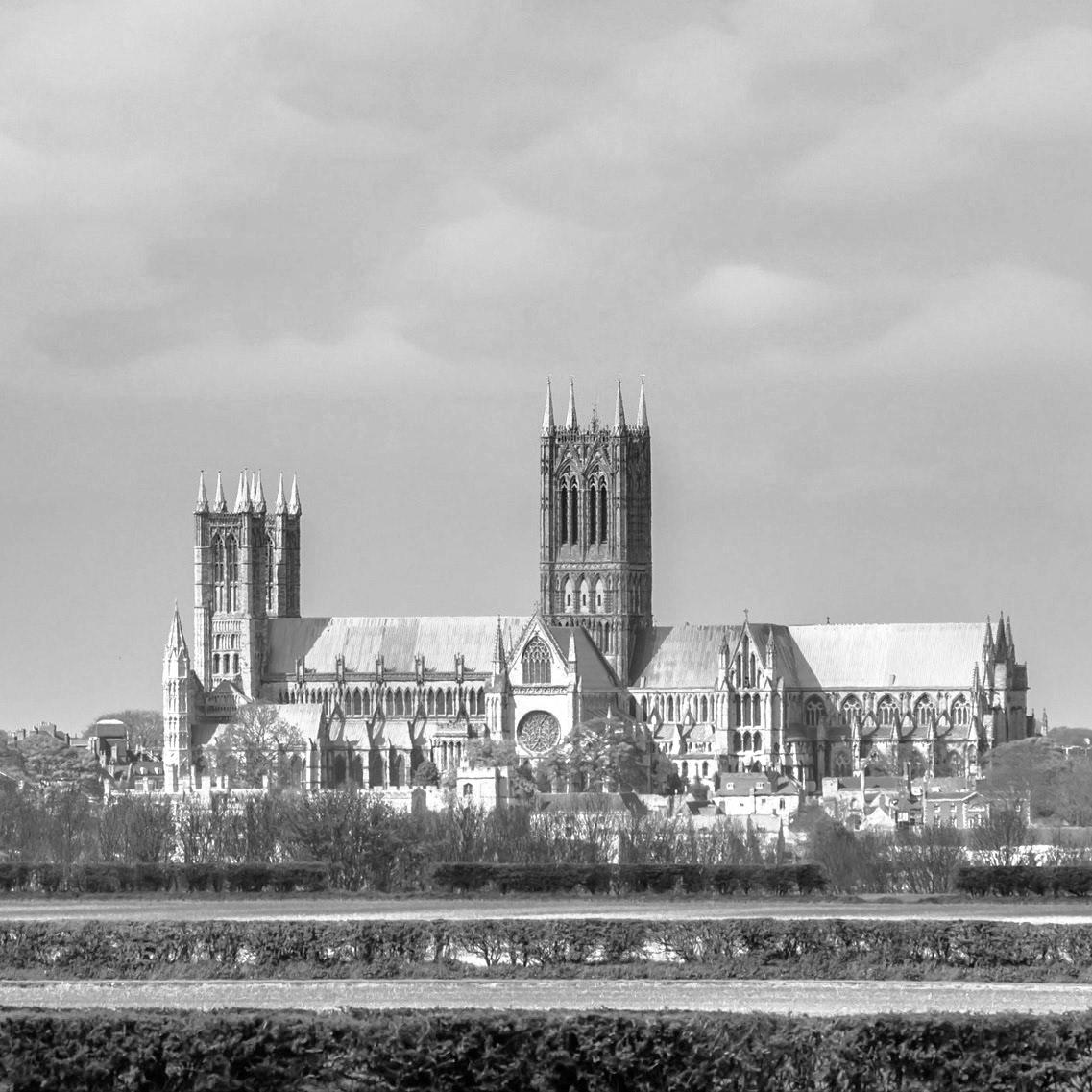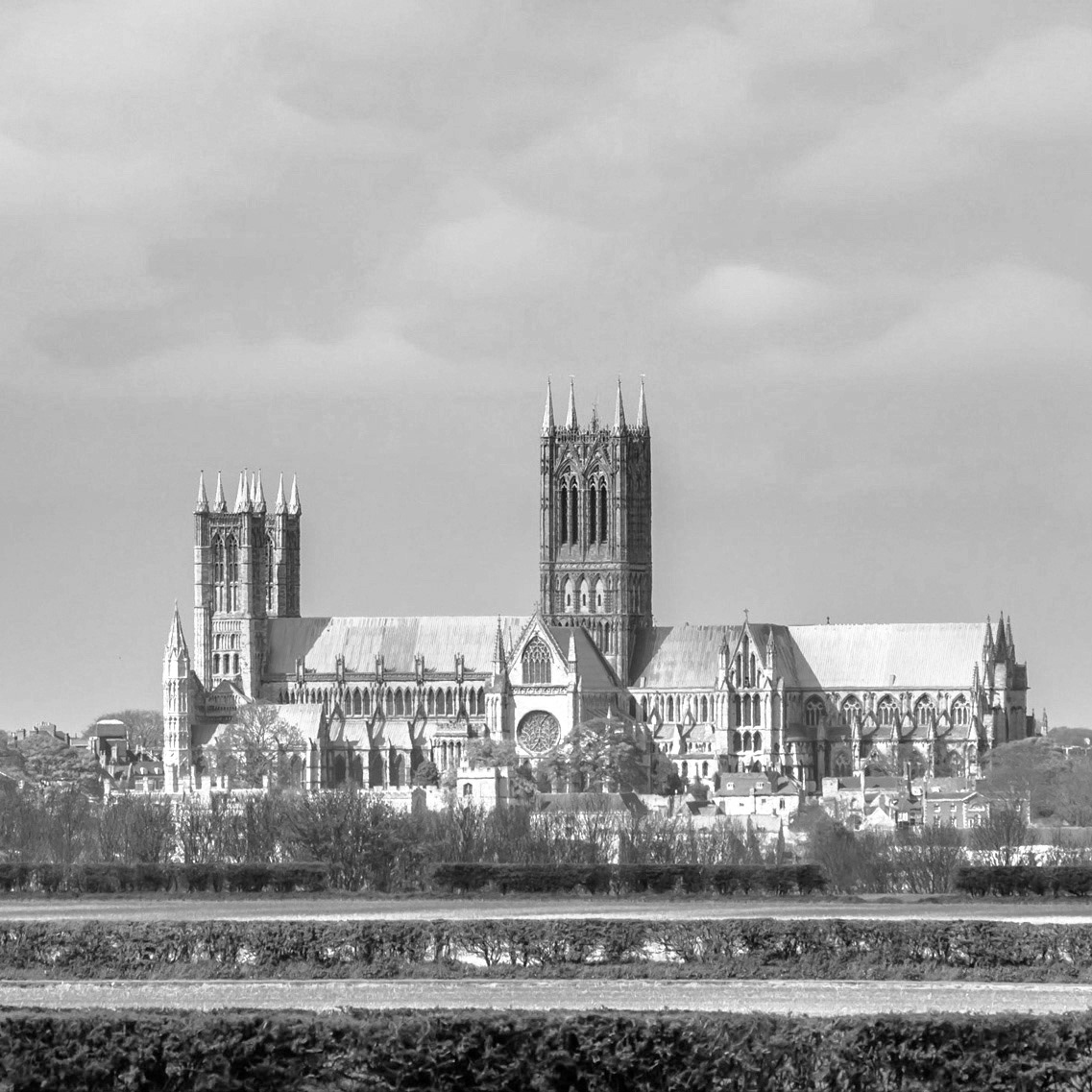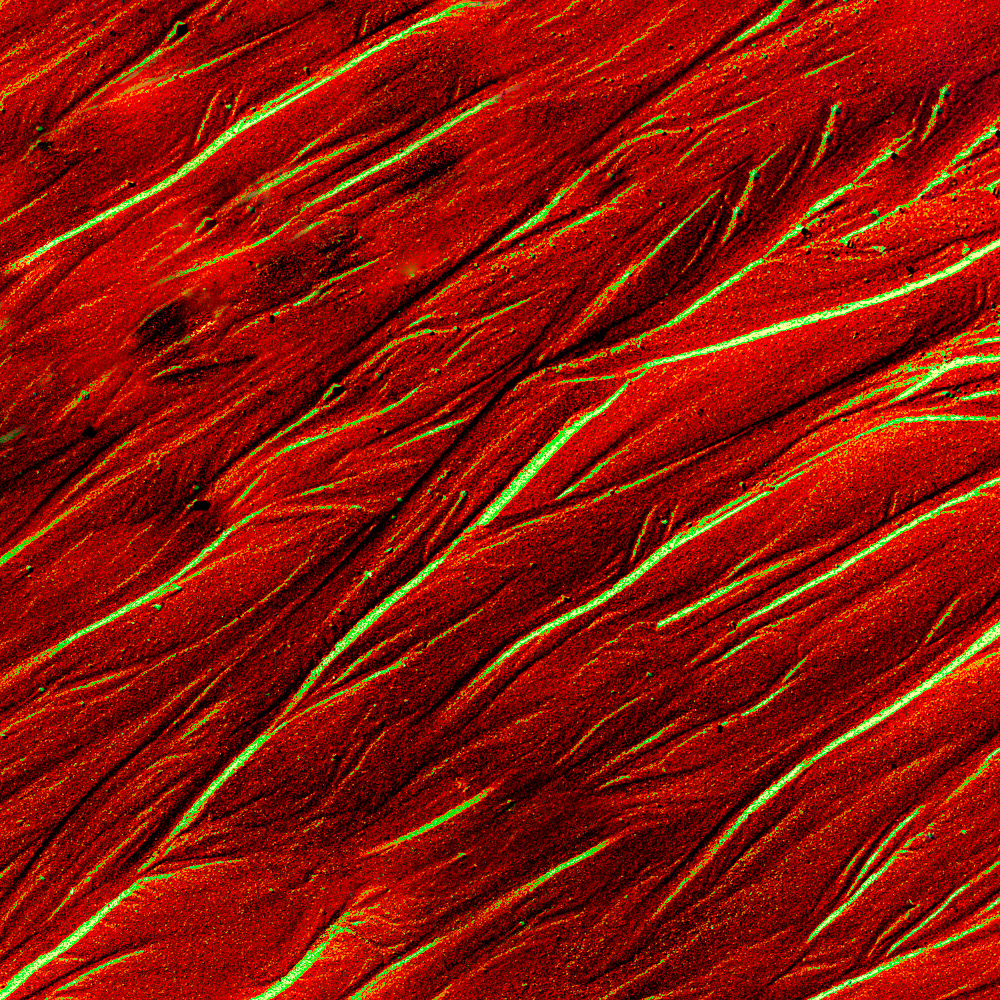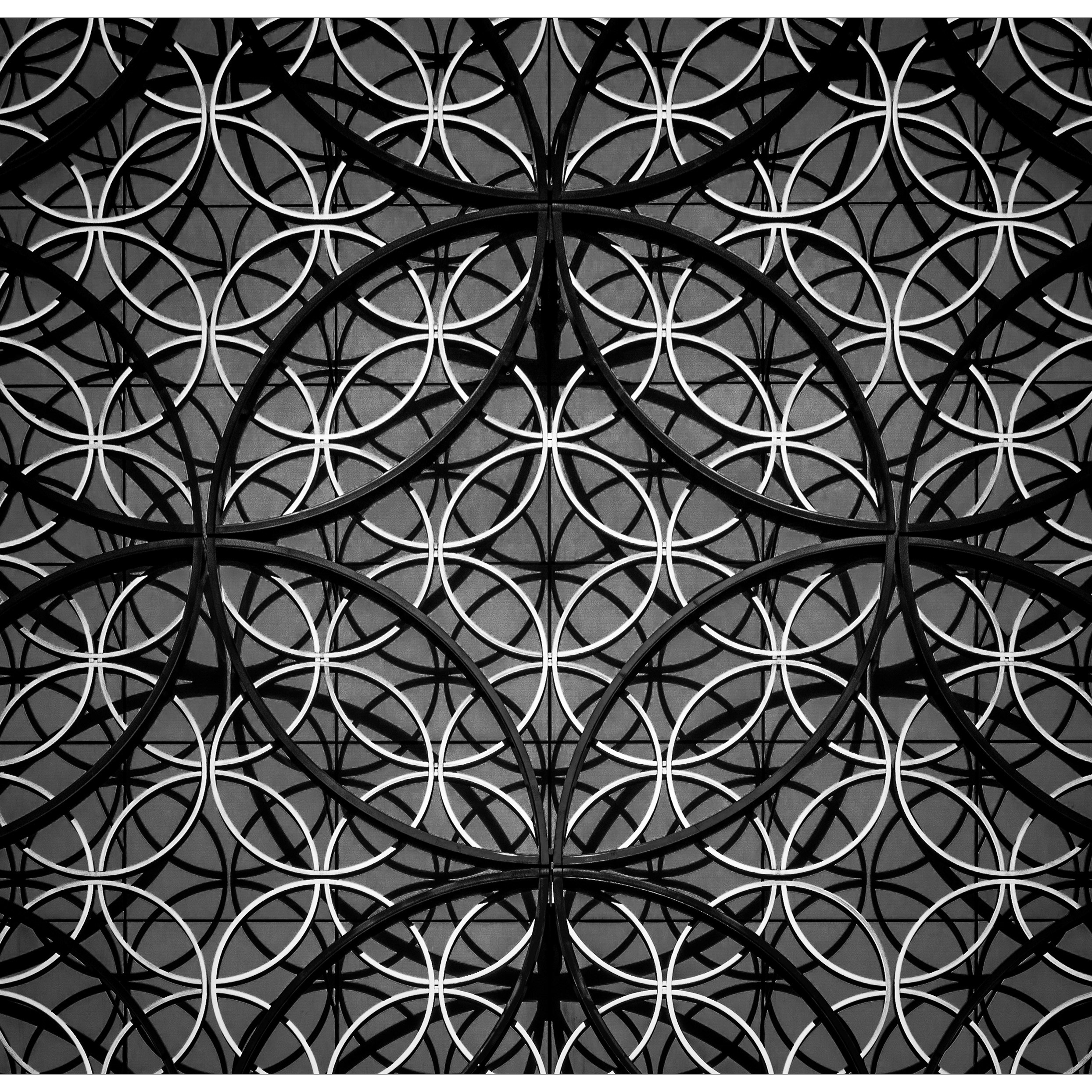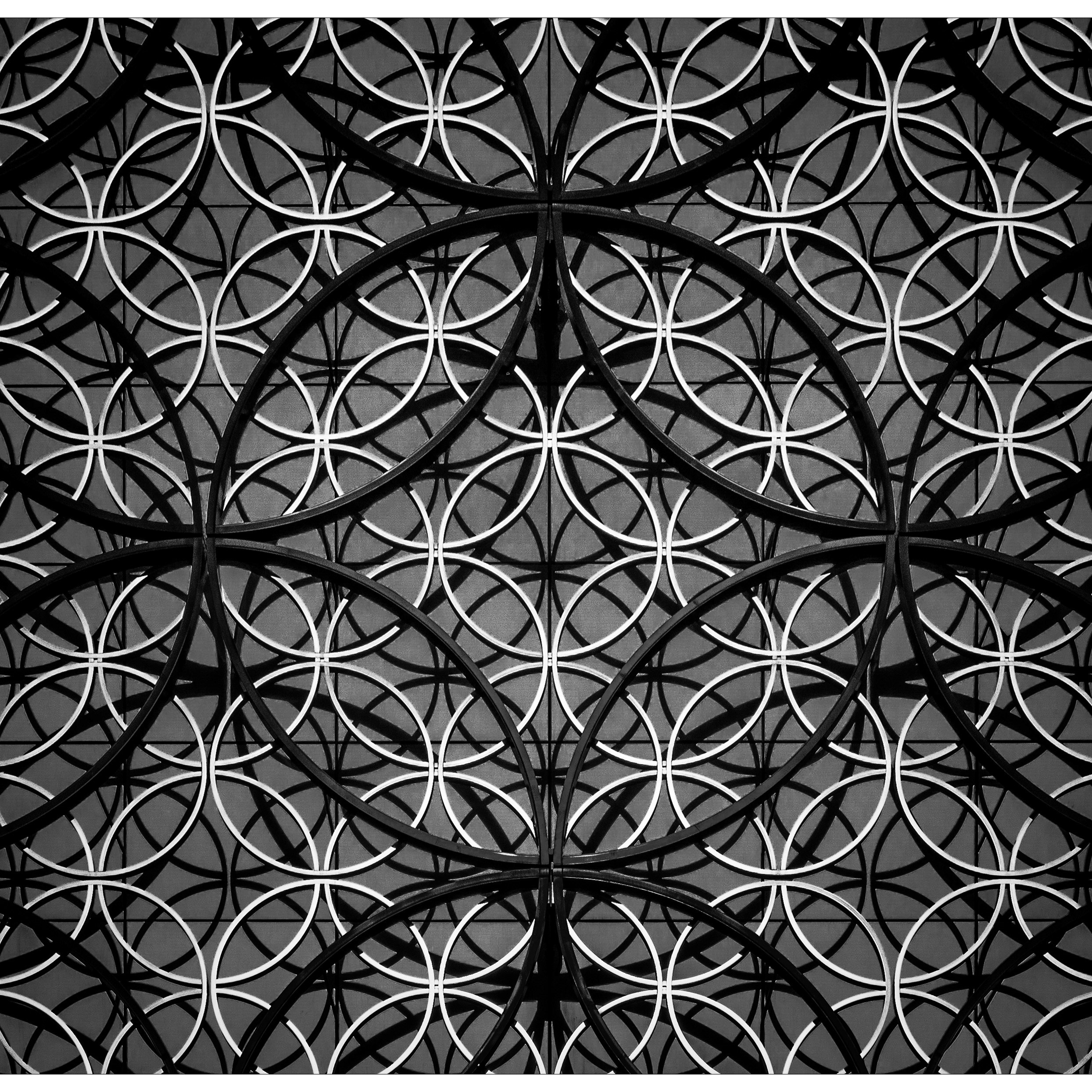The Jaguar Photographic Society organises, apart from their regular programme of meetings and local outings, the occasional photography trip a bit further afield. But not this year! Because of the pandemic the regular meetings have been relegated to virtual events in cyberspace and trips have been off the agenda since lockdown started. Until early September that is, when a small group of us travelled to the Peak District (each in our own car!) for a socially distanced photo walk in this beautiful National Park. The weather forecast was promising: a mixture of clouds and clear sky with a good bit of wind to hurry the weather along. Ideal for having a decent chance of the right light in the right place (but you need a good bit of the patience to wait for that).
Our rendez-vous was at the Surprise View car park near Hathersage and in the morning we walked uphill to Mother Cap and Over Owler Tor: a gentle climb over moorland strewn with rocks and boulders and covered with heather, although at the time of our visit the intense purple had started to fade a bit. The moors rise high above the surrounding land to about 380m which affords beautiful views in all directions.
The Beehive at Mother Cap
Whenever I venture out into the countryside I am always on the lookout for the “lone tree”. This species can be found nearly everywhere outside dense woodland and the moors are a good landscape to spot them. A hillside with an uncluttered horizon works wonders to allow a minimalist composition and in this attractive example the heavy rocks provide, surprisingly, the perfect balance for the delicate shape of the birch.
Lone Tree and Rock
Around lunch time we descended back to the car park and crossed the road to Lawrencefield for a short walk down into the Bolehill Coppice with its stand of birch trees. I love these trees when they are still in their youth, with their slender stems and lovely white bark, and I always try to find a way to contrast them with the darker trunks of more mature trees.
One of the problems in woodland photography is that everything is quite chaotic and there are distractions everywhere. But as we were at the bottom of the cliffs below Lawrencefield I found I could use the rockface as an uncluttered backdrop while I managed to find a few dark trunks to frame the three silver birches that are the stars of this shot.
Three Birches
By now the afternoon was well advanced and some of our party had to set off home. So in smaller committee we made our way to Padley Gorge where the water from Barbage Moor runs down to the Derwent river. This is another woodland area, straight from the mystical landscapes of Middle Earth, full of gnarly oak trees and undoubtedly the habitat of elves, gnomes, and trolls (although I didn’t spot any). Another chaotic area, not made any less chaotic by the thousands of rocks that cover the forest floor as if a giant had carelessly scattered them like pebbles. But a nearly uniform coverage of moss brought all this jumble together to some form of harmony. And when I spotted a tree branch with erratic twists and bends to mimic the shapes of the boulders I had to take this picture.
Uneven Terrain
The Gorge itself of course was formed through millions of years of erosion by the water coming down from the moors. And this process is still going on to this day and will be for centuries to come. Although no human alive now will notice much difference in their life time, in some distant future Padley Gorge may have evolved into a deep canyon. Of course I couldn’t come here without photographing the water engaged in its destructive work.
When looking upstream at rapids or waterfalls, the force of the water appears obvious while it spouts down over the rocks and it is often the viewpoint of choice for a photograph. But it's the eddies forming wherever the water is obstructed by the land that do the proper grinding work. So I chose to shoot downstream to show the foaming current batter the boulders that line the brook.
Rapids and Eddies
During the course of the day the weather had become slightly more cloudy with less patches of blue and the chances of a sunset with “light” appeared slim. Still, two of us decided to give the weather gods the benefit of the doubt and we headed off to the highest point in the area: the top of Higger Tor. When we got there, gaps in the clouds and the strong wind cooperated to create patches of light racing across the landscape. But as the sun descended on its way, these became rarer and rarer and, by the time I had found a small group of trees I wanted to photograph, there was no more light left. Except, that is, from a promising bright sliver between the clouds and the horizon. As the sun sank further and further it provided beautiful glowing backlight to the rolling hills in the distance.
Sunset Hills
By now it looked quite possible the sun would actually hit the scene in front of us and, again, we decided to give it a bit more time. And it paid off. As the sun appeared below the clouds, its rays spilled over the landscape like floodwater and in a matter of minutes my group of trees was transformed from a bland, dull, gloomy blob of green to a bright scene bathed in the golden light of the setting sun.
A great finale to an enjoyable day of photography in the Peaks.
Sunset Trees


